Ecology and Wildlife
Botanical Survey Specialists
Our experience of Phase 1 and 2 habitat surveys, the basic building block of ecological surveys, is extensive and covers the majority of UK habitat types from montane to coastal.
Will Prestwood BSc is an accomplished botanist credited with the designation of several SSSI sites in Shropshire and edited The Ecological Flora of Shropshire in 1991. Full scale habitat mapping using GIS is also part of the process and allows visualisation from site to landscape level.
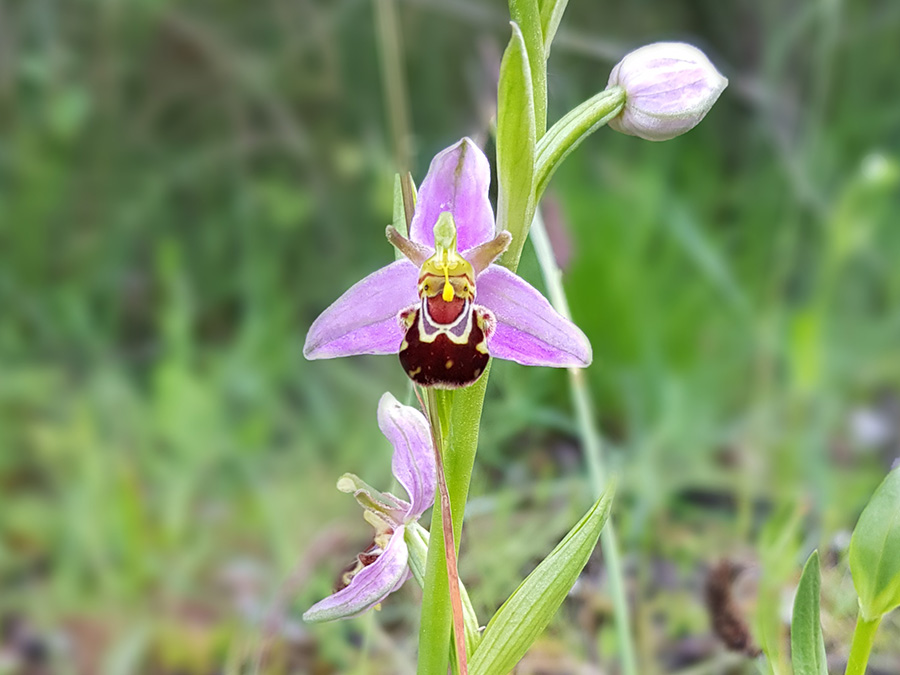
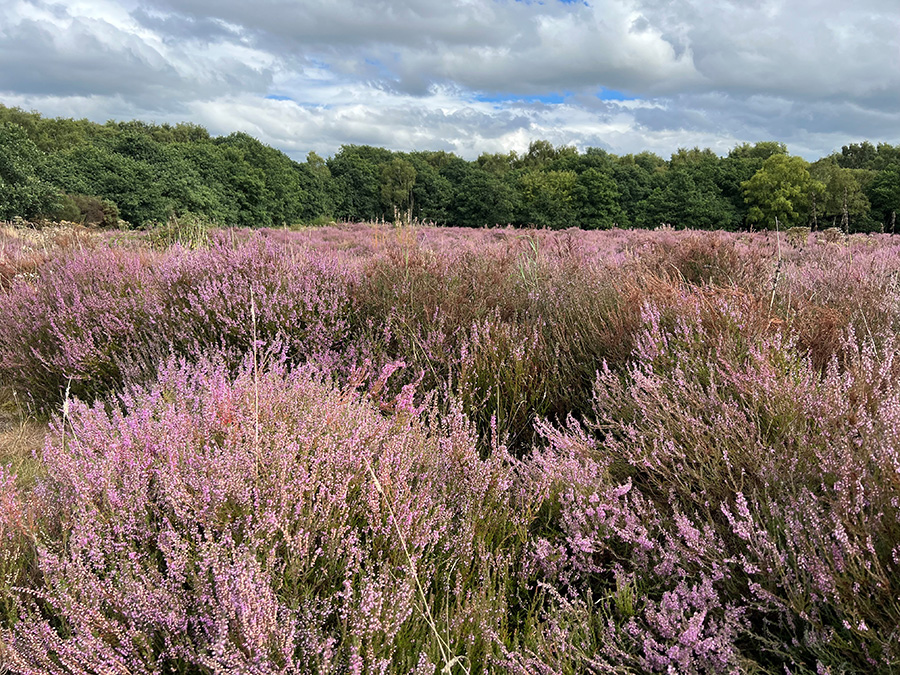
Preliminary Ecological Appraisal (PEA)
Building on Phase 1 and 2 surveys, a Preliminary Ecological Appraisal also takes into consideration the potential for Protected Species to be present on site. The PEA survey and report form a scoping opinion and identify further survey work requirements. All preliminary surveys are carried out following CIEEM guidelines for this survey type. We use Geographical Information Systems to create full scale habitat maps of the survey area.
Preliminary Bat Roost Assessment (PBRA)
Preliminary Bat Roost Assessments are the starting point for projects which have the potential to disturb bat species or habitats which provide suitable opportunities for them. Our trained and licensed ecologists undertake a thorough visual inspection of the property, tree or structure to be impacted and ascertain whether further survey work is required. The Bat Conservation Trust Good Practice Guidelines are referenced throughout all work relating to bat species.
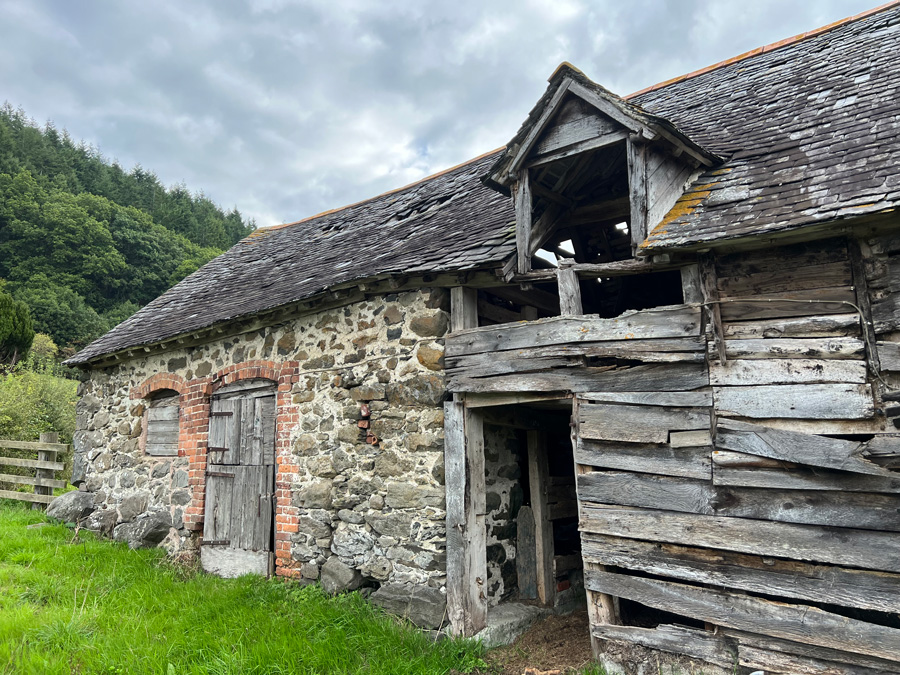
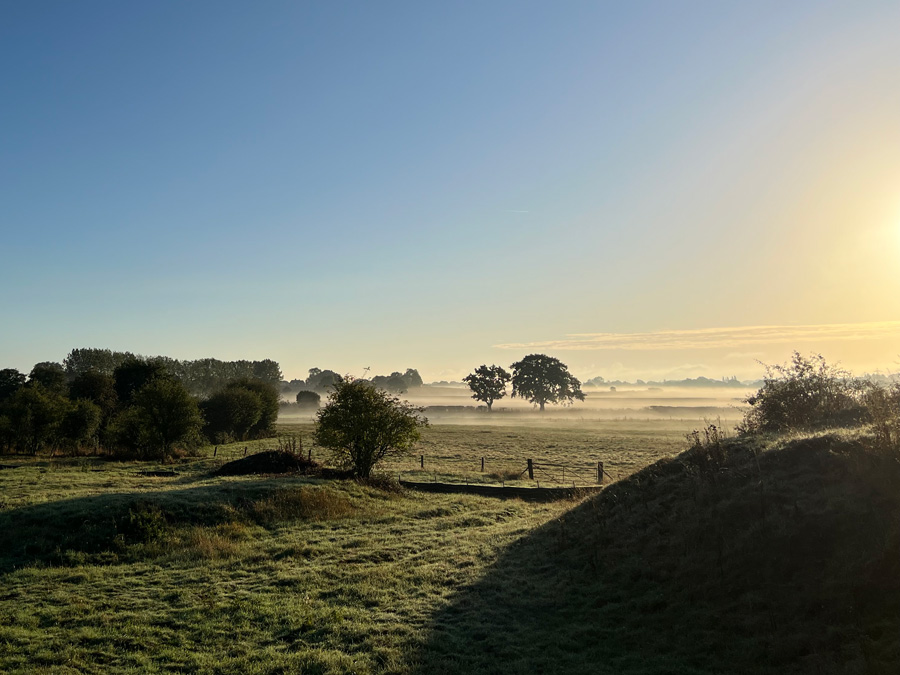
Ecological Impact Assessment (EcIA)
Following a Preliminary Ecological Appraisal or Phase 1 & 2 Habitat Survey, an Ecological Impact Assessment is usually required where the outcome of a proposed development or project upon the natural environment or Protected Species is unknown. The EcIA usually involves Protected Species Surveys and in-depth survey work regarding plants and habitats.
Protected Species Surveys
Our trained and licenced ecologists are able to carry out a range of survey work relating to protected species in the UK. Surveys include:
-
-
- Badger,
- Bat activity surveys to include emergence/re-entry and transect,
- Breeding bird,
- Great crested newt eDNA sampling and analysis,
- Great crested newt presence/absence,
- Hazel dormouse nut/nest searches and nest tube surveys,
- Otter,
- Reptile,
- Water Vole.
-
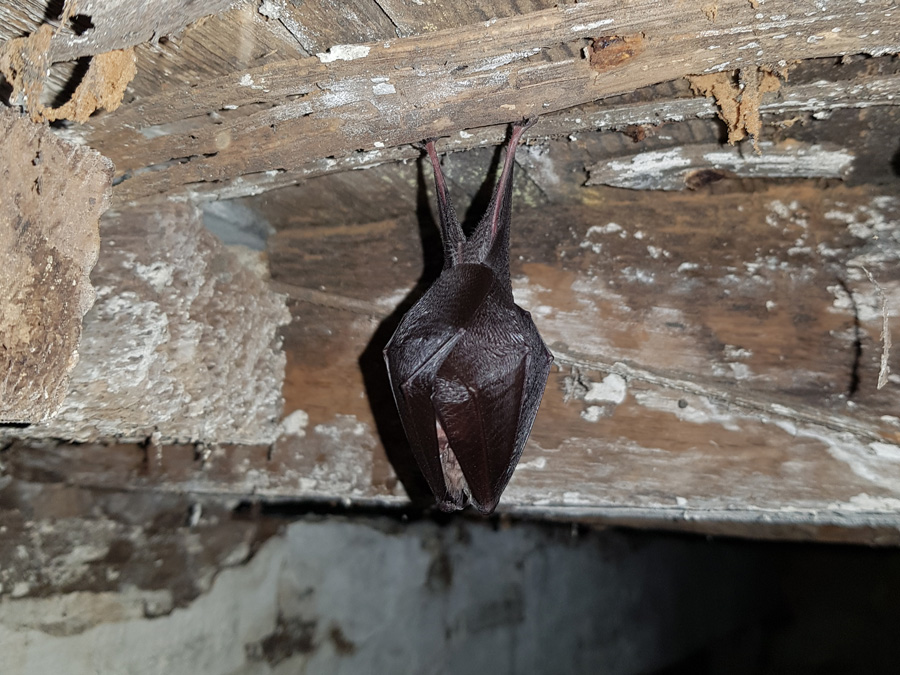
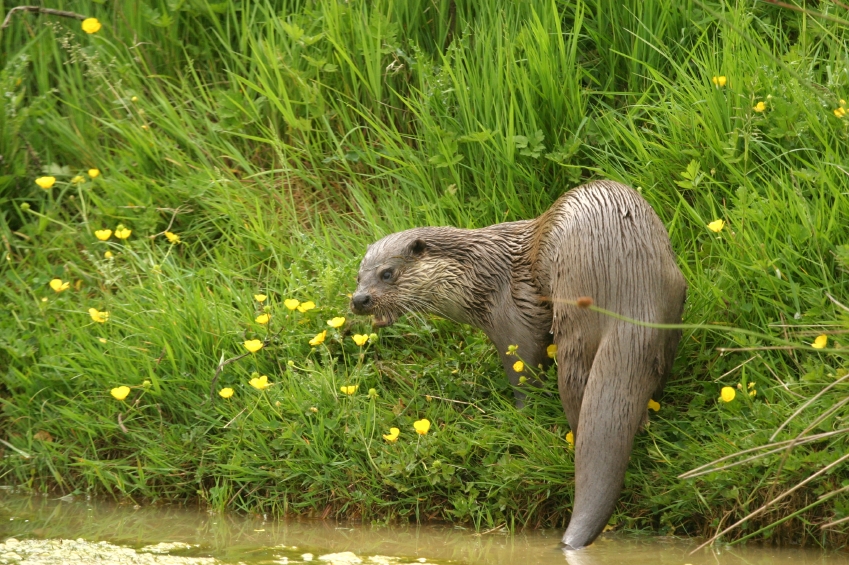
Protected Species Mitigation/Development Licences
Where surveys identify the presence of Protected Species within a project and the proposed development is likely to have an impact, a Mitigation/Development Licence may be necessary. These are special licences which allow individuals to derogate from the relevant legislation that protects a species and are granted by Statutory Bodies such as Natural England and Natural Resources Wales. Our team are able to complete licence applications in England and Wales in order to allow projects to proceed.
Protected Species Mitigation
In addition to completing the paperwork that accompanies a licence or planning application we are also equipped to provide a holistic mitigation programme with materials and labour. We can: install amphibian fencing and pitfall traps, capture and exclude protected species from development sites, design and build artificial badger setts, install bat exclusion measures and oversee works related to protected species, otherwise known as an Ecological Clerk of Works.

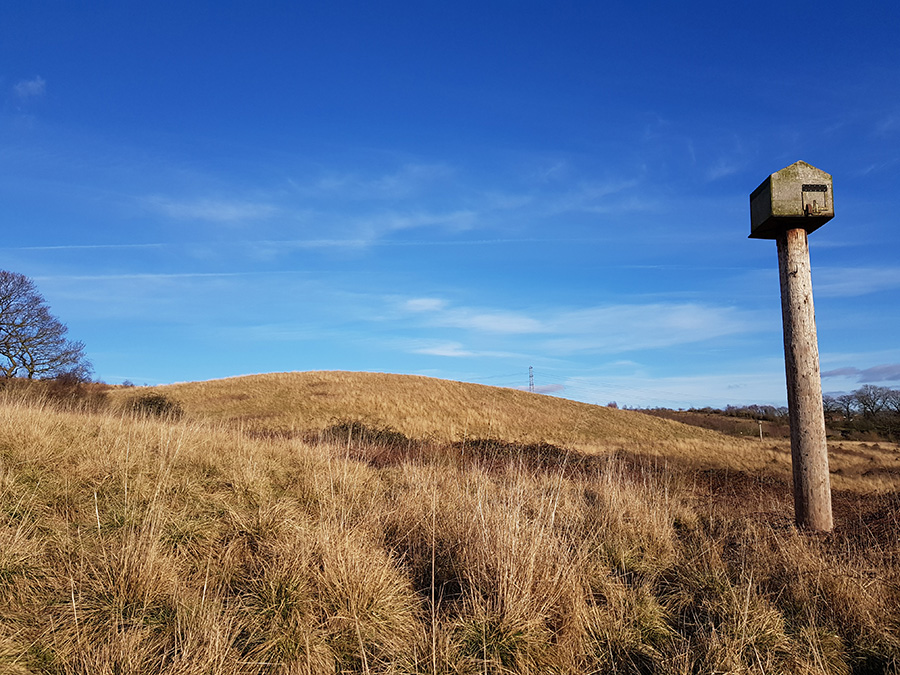
Biodiversity Net Gain
England’s new way to account for biodiversity when considering the impact of human activity on our natural environment. The Environment Act 2021 introduces a mandatory 10% net gain in biodiversity for each planning application received, starting in late 2023. Most developers have already adopted this approach.
Our ecologists have undergone training on using the BNG Metric, delivered by CIEEM. Our surveyors are able to use BNG in support of minor and major planning applications.
Habitat creation, restoration and management
We have been involved in habitat management for many years, including a number of SSSIs and other protected sites, and have expertise in particular with woodlands, flower-rich grasslands and ponds and lakes.

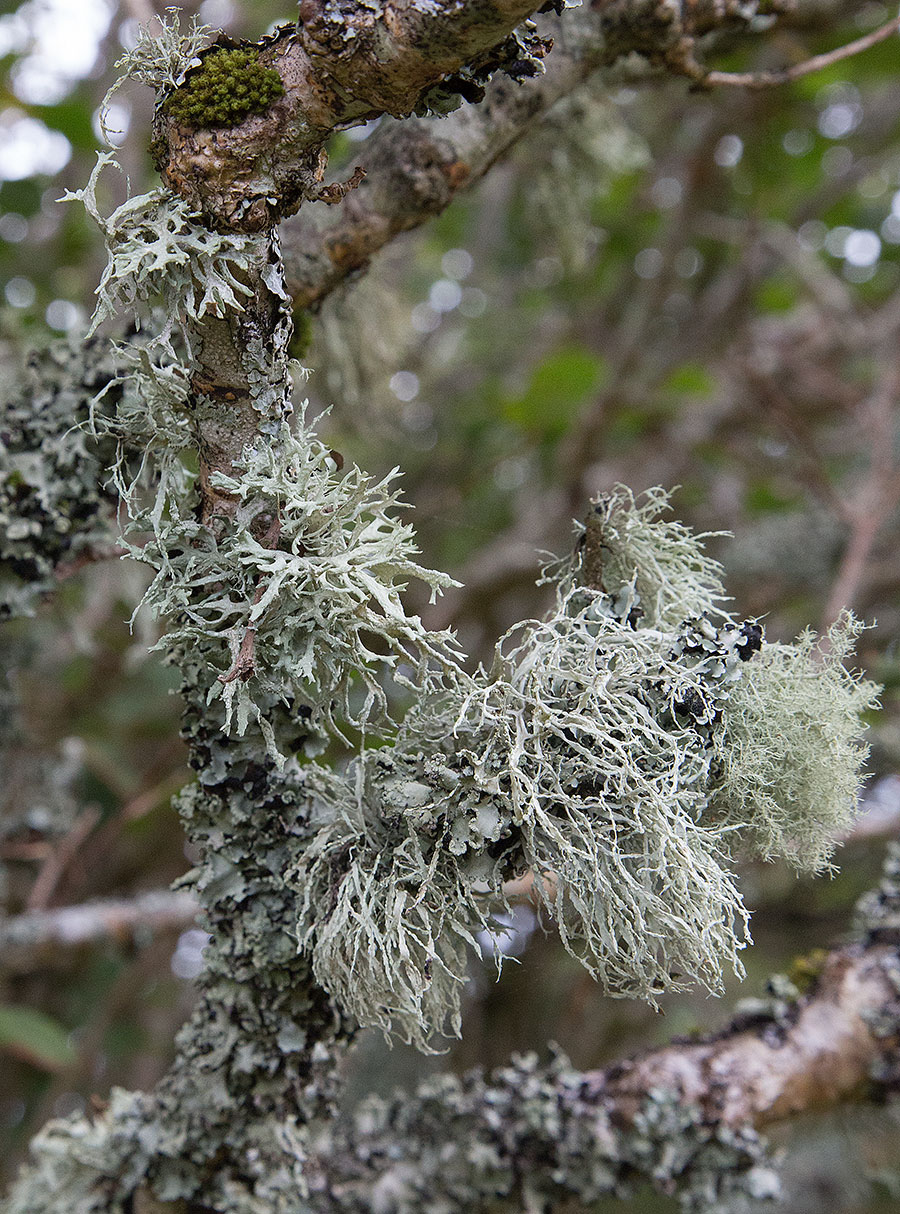
Ammonia Mitigation
Ammonia Mitigation is usually required where a planning application for intensive livestock production is likely to emit a harmful amount of ammonia into the surrounding environment, particularly; sensitive receptor sites such as Ancient Woodland or wetlands. Atmospheric dispersion modelling is carried out by a specialist who identify likely ammonia concentrations at nearby receptor sites. If these concentrations exceed the Environment Agency or Natural Resources Wales statutory threshold, mitigation is then required.
We work closely with lichen and fungi experts to carry out detailed survey work of sensitive habitats where these features are indicators of relative health.
Mitigation can include the design of a ‘Tree Shelter Belt’ which intercepts ammonia particles and prevents them from entering valuable, semi-natural habitats. We have successfully designed and implemented such systems, working with landowners and dispersal modelling teams to ensure the best possible outcome.
